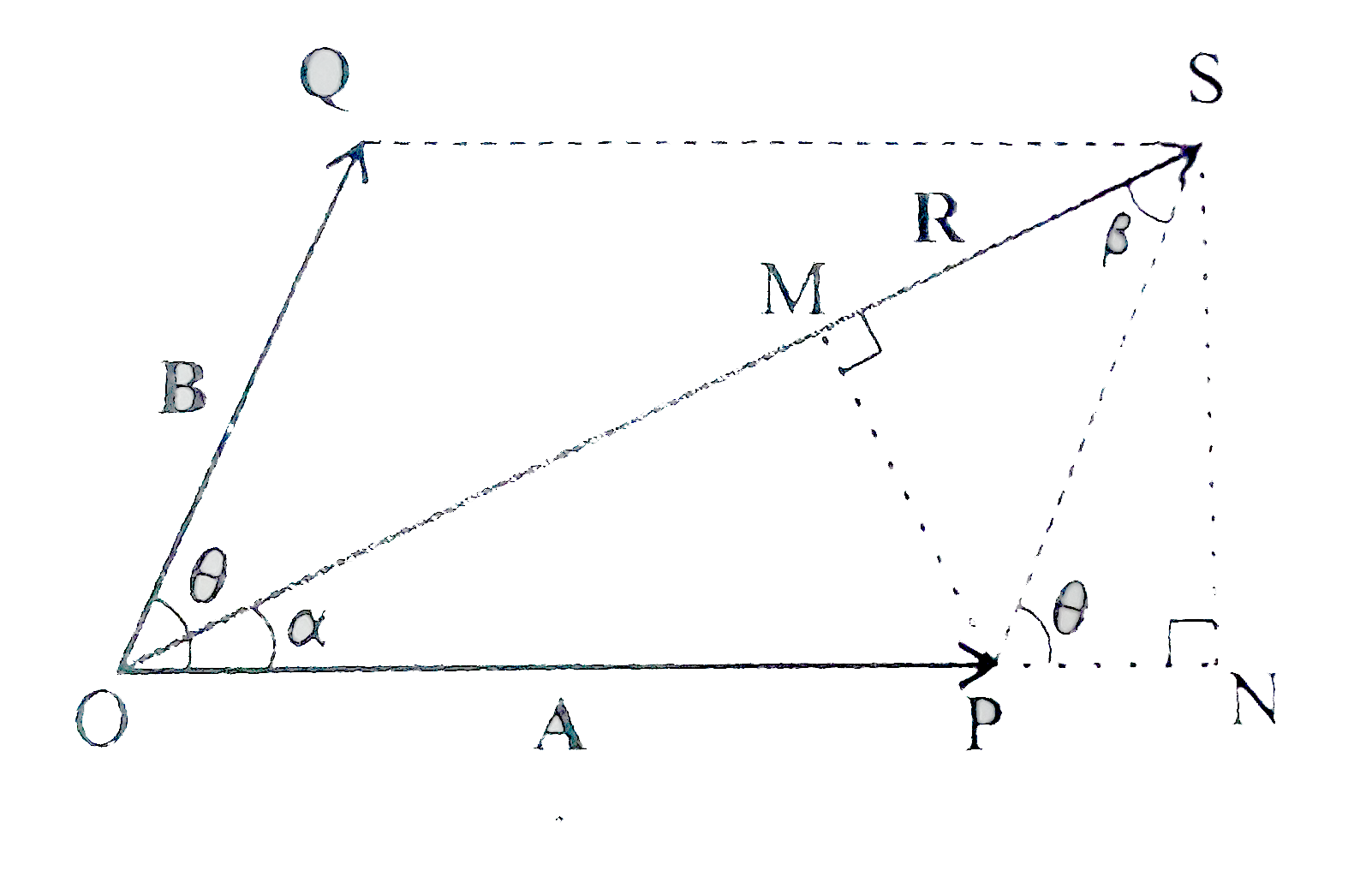State parallelogram law of vector addition. Find analytically the magnitude and direction of resultant vector. Apply it to find the resultant when,
(i) Two vectors are parallel to each other
(ii) Two vectors are perpendicular to each other
Step by step video & image solution for State parallelogram law of vector addition. Find analytically the magnitude and direction of resultant vector. Apply it to find the resultant when, (i) Two vectors are parallel to each other (ii) Two vectors are perpendicular to each other by Physics experts to help you in doubts & scoring excellent marks in Class 12 exams.
Updated on:21/07/2023Topper's Solved these Questions
- ELEMENTS OF VECTORSBOOK - AAKASH SERIESCHAPTER - ELEMENTS OF VECTORSEXERCISE - SHORT ANSWER TYPE QUESTIONS
10 Videos
- ELEMENTS OF VECTORSBOOK - AAKASH SERIESCHAPTER - ELEMENTS OF VECTORSEXERCISE - VERY SHORT ANSWER TYPE QUESTIONS
12 Videos
- ELEMENTS OF VECTORSBOOK - AAKASH SERIESCHAPTER - ELEMENTS OF VECTORSEXERCISE - QUESTIONS FOR DESCRIPTIVE ANSWERS
10 Videos
- ELECTROSTATICSBOOK - AAKASH SERIESCHAPTER - ELECTROSTATICSEXERCISE - ADDITIONAL PRACTICE EXERCISE (PRACTICE SHEET (ADVANCED) INTEGER TYPE QUESTIONS)
5 Videos
- GEOMETRICAL OPTICSBOOK - AAKASH SERIESCHAPTER - GEOMETRICAL OPTICSEXERCISE - ADDITIONAL PRACTICE EXERCISE (LEVEL-II PRACTICE SHEET (ADVANCED) INTEGER TYPE QUESTIONS)
10 Videos
Similar Questions
State parallelogram of law of vector addition .
View SolutionFind the magnitude and direction of the resultant of given vectors

View SolutionTwo vectors →P and →Q that are perpendicular to each other if :
View SolutionFind the magnitude and direction of the resultant of two vectors A and B in the terms of their magnitudes and angle θ between them.

View SolutionTwo vector A and B have equal magnitudes. Then the vector A+B is perpendicular to
View SolutionIn the above problem, this horizontal distance between the two fragments when their position vectors are perpendicular to each other is
View Solution(a) Write law of parallelogram of vector and obtain the expression for the resultant of two vectors acting in two different directions.
View SolutionIs it possible that dot product of two vectors is zero even if they are not perpendicular to each other ?
View SolutionIn Q-2, if vectors are perpendicular to each other then find the value of λ.
View SolutionTwo vectors 3 units and 5 units are acting at 60∘ to each other .What is the magnitude and direction of the resultant ?
View Solution
